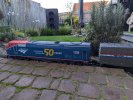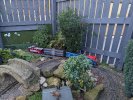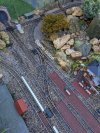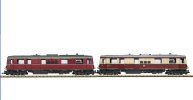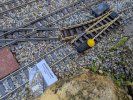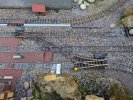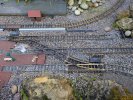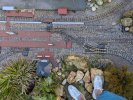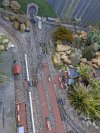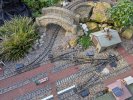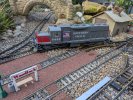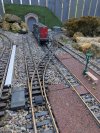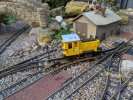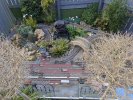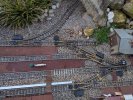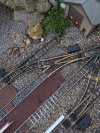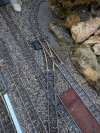That's it, they only started playing up about a year ago. Nothing I did made them any better. These points have been in those exact spots since this thread started in 2014, and before that, they were at Dewsbury for 6 years.
One thing I did notice taking them out, the screw holes had split in the sleepers on the points, into which the motors attached.
I wonder if because of this, the motor was not capable of pressing or pulling the blade against the adjoining rail. The reason I say this is, because when a train stalled on the blade, if you got down on hands and knees, and pulled or pushed the blade against the rail, it made the locomotive start again. There was no other wear to the points, everything underneath was tight.
duncan1_9_8_4 , it looks fantastic. I have just read through your thread from the start, in my spare time. I like how over the years you have slowly expanded and detailed it. Its a shame you lost the nice little pine tree beside the engine shed, it really added to the scene. Look forward to seeing more of the Woodlock Line when the weather warms up for you.

